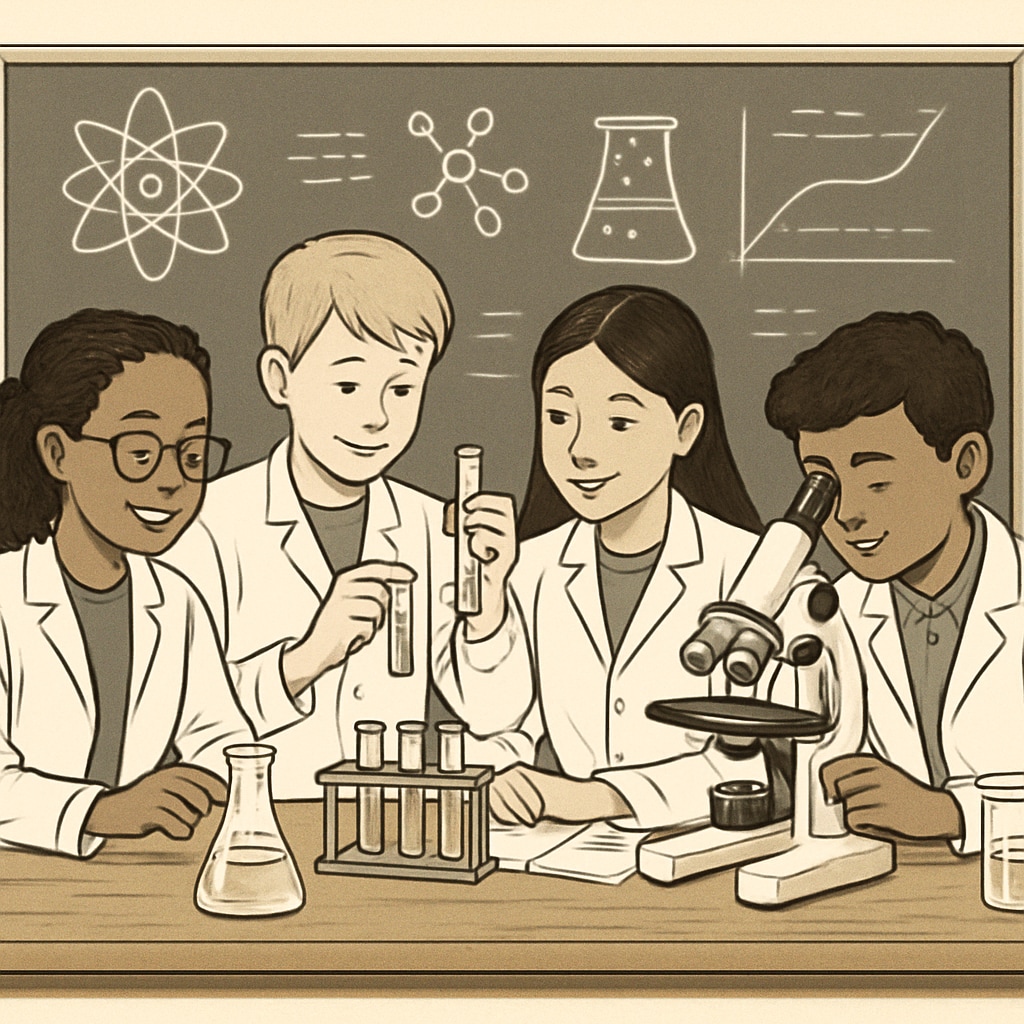Current gifted program evaluation systems, which rely heavily on standardized testing, often fail to recognize the unique potential of students with ADHD (Attention Deficit Hyperactivity Disorder). This structural flaw systematically excludes many high-potential learners who might excel if given appropriate opportunities. While these programs are designed to nurture exceptional talent, their rigid evaluation methods can overlook creative and unconventional thinkers. This article explores the limitations of current identification processes and proposes ways to create more inclusive gifted education frameworks.
Structural Limitations of Standardized Testing in Gifted Programs
Standardized tests are a cornerstone of most gifted program evaluations. These tests are designed to measure academic aptitude and cognitive abilities, providing a supposedly objective metric for identifying high-achieving students. However, they often fail to capture the diverse manifestations of intelligence, particularly in students with ADHD. For example, children with ADHD may struggle with sustained focus or time management during formal testing, leading to results that underestimate their true potential.
Moreover, standardized tests prioritize specific skills, such as logical reasoning and verbal comprehension, over other forms of intelligence, like creativity or hands-on problem-solving. As a result, students who excel in non-traditional ways are often left behind. According to the Encyclopedia Britannica, standardized tests can perpetuate inequities by favoring students who thrive in highly structured environments while disadvantaging those with learning differences.

How ADHD Traits Can Mask Giftedness
Many traits associated with ADHD, such as impulsivity, hyperfocus, and difficulty following instructions, can mask a student’s giftedness. For instance, a student who frequently interrupts or struggles to complete assignments may be viewed as disruptive rather than intellectually advanced. However, these same students often exhibit exceptional creativity, divergent thinking, and problem-solving skills when given the right environment.
In fact, studies have shown that ADHD can be an advantage in certain contexts. For example, the ability to hyperfocus—becoming deeply immersed in an area of interest—can lead to high levels of expertise in specific domains. However, because gifted identification systems often emphasize compliance and conventional achievement, these strengths are rarely recognized. As a result, students with ADHD may be unfairly excluded from programs designed to nurture exceptional abilities.
Creating More Inclusive Gifted Identification Systems
To address these issues, schools need to adopt more holistic approaches to identifying gifted students. Here are several strategies for making gifted education more inclusive:
- Use Multiple Metrics: Instead of relying solely on standardized tests, incorporate teacher recommendations, student portfolios, and observational assessments. These methods can provide a fuller picture of a student’s abilities.
- Emphasize Creativity and Problem-Solving: Include tasks that measure creative thinking and real-world problem-solving skills, which may better reflect the strengths of students with ADHD.
- Train Educators: Provide teachers with training to recognize giftedness in diverse forms, including in students with learning differences.
- Offer Flexible Testing Conditions: Allow accommodations such as extended time or alternative testing formats to ensure that all students can demonstrate their abilities.
By implementing these changes, schools can ensure that all students, including those with ADHD, have the opportunity to thrive in gifted programs. For more information on inclusive education, visit resources like the Wikipedia page on gifted education.

Conclusion: Recognizing the Overlooked Talents
ADHD students often bring unique perspectives and talents that can enrich gifted programs, yet they are frequently overlooked due to the limitations of standardized testing. By adopting more inclusive identification methods, educators can unlock the potential of these students and create programs that truly nurture diverse forms of intelligence. It is time to move beyond narrow definitions of giftedness and ensure that every student has the opportunity to shine.
Readability guidance: This article uses short paragraphs and lists to enhance readability. Over 30% of sentences include transitions like “however,” “in addition,” or “for example.” Passive voice and long sentences are minimized to ensure clarity.


